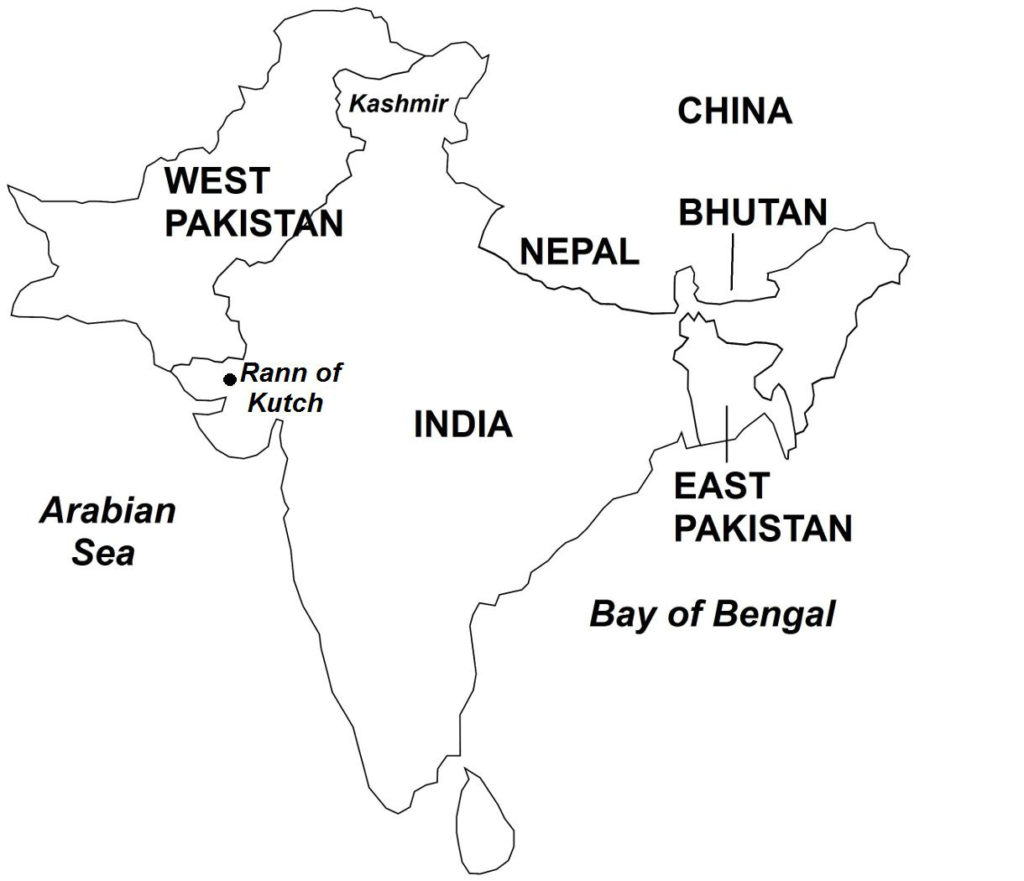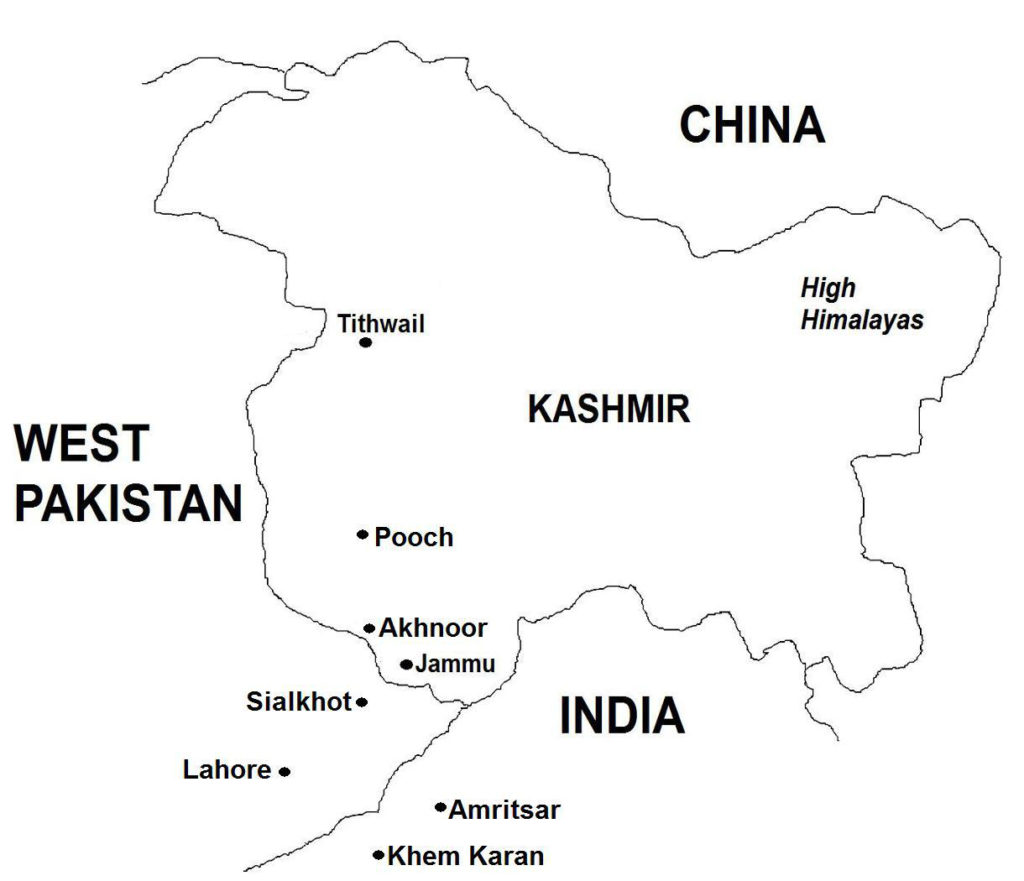On January 10, 1966, under mediation efforts by the Soviet Union, warring parties India and Pakistan signed the Tashkent Declaration (in Tashkent, Uzbek SSR; present-day Uzbekistan) that ended the Indian-Pakistani War of 1965. The peace agreement stipulated, among other things, that the armies of both sides return to their original positions along the ceasefire line before the start of the war. The two sides carried out the agreement’s stipulations. The 1965 war, therefore, achieved no territorial gains on either side. Furthermore, India’s overwhelming military superiority also fell short of achieving a total victory on the battlefield.
After the war, Pakistan and India began to distance themselves from the United States and other Western powers and looked toward other sources of military support. In particular, Pakistan felt betrayed by the United States and drew closer to China and the Soviet Union. Similarly, India established friendly relations with the Soviet Union and soon began to purchase Russian-made weapons.

(Taken from Indian-Pakistani War of 1965 – Wars of the 20th Century – Volume 2)
Background As a result of the Indian-Pakistani War of 1947 (previous article), the former Princely State of Kashmir was divided militarily under zones of occupation by the Indian Army and the Pakistani Army. Consequently, the governments of India and Pakistan established local administrations in their respective zones of control, these areas ultimately becoming de facto territories of their respective countries. However, Pakistan was determined to drive away the Indians from Kashmir and annex the whole region. As Pakistan and Kashmir had predominantly Muslim populations, the Pakistani government believed that Kashmiris detested being under Indian rule and would welcome and support an invasion by Pakistan. Furthermore, Pakistan’s government received reports that civilian protests in Kashmir indicated that Kashmiris were ready to revolt against the Indian regional government.
The Pakistani Army believed itself superior to its Indian counterpart. In early 1965, armed clashes broke out in disputed territory in the Rann of Kutch in Gujarat State, India (Map 3). Subsequently in 1968, Pakistan was awarded 350 square miles of the territory by the International Court of Justice. In 1965, India was still smarting from a defeat to China in the 1962 Sino-Indian War; as a result, Pakistan believed that the Indian Army’s morale was low. Furthermore, Pakistan had upgraded its Armed Forces with purchases of modern weapons from the United States, while India was yet in the midst of modernizing its military forces.

In the summer of 1965, Pakistan made preparations for invading Indian-held Kashmir. To assist the operation, Pakistani commandos would penetrate Kashmir’s major urban areas, carry out sabotage operations against military installations and public infrastructures, and distribute firearms to civilians in order to incite a revolt. Pakistani military planners believed that Pakistan would have greater bargaining power with the presence of a civilian uprising, in case the war went to international arbitration.
